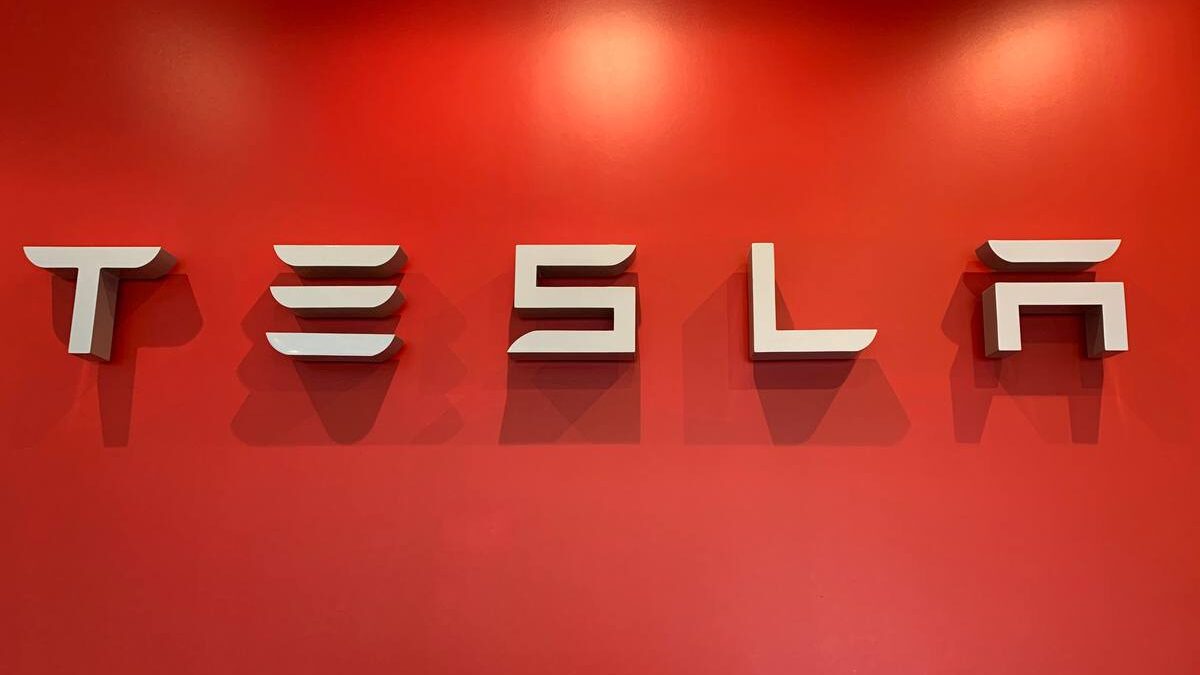Electric vehicle giant Tesla apparently changed plans to produce its next-gen electric car models in Gigafactory Texas instead of the new Mexican plant, Electrek reports, citing a new excerpt from the Chief’s biography.
Tesla Chief Elon Musk initially disclosed his vision for developing an autonomous Robotaxi EV in November 2021. He claims the model will be smaller, cheaper, and slower than the famous Tesla Model 3. He even stated plans to build the car without steering wheels, pedals, or mirrors to demonstrate full autonomy.
“This vehicle must be designed as a clean Robotaxi. We’re going to take that risk. It’s my fault if it f–ks up. But we are not going to design some sort of amphibian frog that’s a halfway car. We are all in on autonomy.”
Tesla CEO Elon Musk
However, it seems extremely ambitious at that time. Tesla executives and engineers urged him to develop a $25,000 electric model that will ride on the same next-gen platform under the new “Unboxed Process.”
The “Unboxed Process”
Tesla revealed its new production system, “Unboxed Process,” at the 2023 Investor Day. CEO Musk boasted that it would enable the company to produce cheaper electric vehicles.
The system concept basically separates the vehicle’s sections and only assembles the model when it reaches the “more final” assembly.
It features a major shift from the traditional vehicle production of transferring the whole car body all the way to its final production phase.
In that sense, Tesla aims to use this system for the first time in producing the cheaper “$25,000 model” and a robotaxi.
Apart from the Unboxed Process’ introduction, Tesla also stated plans to erect a new Mexican factory in Nuevo Leon at that time. It was set to be the first Tesla Gigafactory to employ the new production system.
However, there have been changes in the company’s initial plan regarding the production location of the said next-gen EVs.
Plan changes
Prominent biographer Walter Isaacson will soon publish his authorized biography of Tesla CEO Elon Musk.
In an effort to generate interest, Mr. Isaacson teased some details that will appear in the book through Axios. It ultimately verified the Tesla boss’ original plan to first bring the next-gen EV production in Giga Mexico before Texas.
However, his plans changed in May 2023 primarily due to Tesla engineers’ reluctance to relocate to Mexico.
“Tesla engineering will need to be on the line to make it successful, and getting everyone to move to Mexico is never going to happen.”
Prominent biographer Walter Isaacson shared CEO Musk’s exclusive statement
In effect, Tesla will now use the Giga Texas first to produce the planned low-cost model and the Robotaxi.
About the new Giga Mexico
For those unaware, Tesla initially announced plans to build the Giga Mexico on March 1, 2023, to produce its next-generation electric vehicle models.
The 4,200-acre site is located in Santa Catarina in Nuevo Leon, InsideEVs noted. It has an initial investment of $5 billion with 5,000 workers, while the ultimate investment is $10 billion with 5,000 workers.
Tesla aims to hit an annual production target of 1 million units at the new Gigafactory.
Tesla’s original plan to produce the new EVs in Mexico is unsurprising, considering it has more free trade agreements than any other nation. CleanTechnica further noted that Mexico has more Engineering students than the United States.
However, Tesla must adjust its plans to ensure that there would be no delay in producing and launching the next-gen models.
See Also:
- The $25,000 Tesla EV is coming along with significant implications for the auto sector and buyers
- Tesla is developing a new production line for the $25,000 EV in Giga Mexico, per Gov. Sepúlveda
- Tesla announces plans to develop “1st of its kind” data centers
- Tesla to begin Giga Mexico development, drone footages suggest
- $25k Tesla EV to attract price-conscious customers, could also be Robotaxi’s prototype
These next-gen Tesla models are crucial for the company to achieve its goal of producing 20 million units annually by 2030. Alarmingly, delays in these models’ production may impede Tesla from hitting the said production target. That said, the company cannot afford to risk the delay over its engineers’ refusal to relocate.

